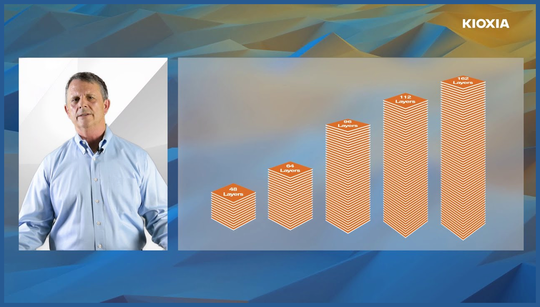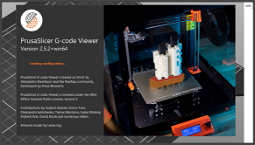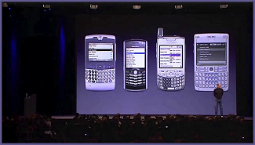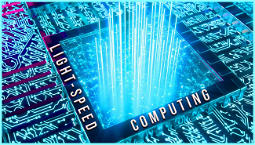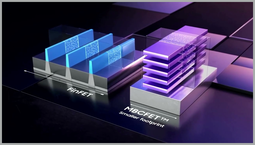Yangtze Memory Technologies produces new 128-layer 3D NAND memory
In May, we spotted a mysterious new 3D NAND memory at Yangtze Memory Technologies (YMTC), which appeared to sport a relatively low storage density at 128 layers. Now, we’ve spotted the same type of 3D NAND again, further fueling speculation that the Chinese memory giant is working on a next-gen architecture. YMTC has also raised prices for its 128-layer NAND, in contrast to international suppliers dealing with low customer demand.
Previously dubbed ‘YMTC 3D NAND’, we’ve now found references to ‘3D NAND with XTacking 3.0’, which implies that it’s based on Yangtze Memory’s Xtacking 3.0 architecture. Xtacking is a simplified production flow that reduces costs by producing separate wafers for memory and logic, which is commonly used in 3D NAND devices.
Based on our limited data, the new 3D NAND device appears to offer a combination of low storage density and high performance, perhaps as a temporary solution while the company works on a more advanced architecture. This said, it’s important to note that the 128-layer 3D NAND devices may not actually remain competitive in the future.
Taken together, the above points seem to indicate that YMTC’s Xtacking 3.0 architecture may simplify production flow and reduce costs by producing separate wafers for memory and logic. Xtacking 3.0 also brings together high storage density and a 2400 MT/s interface, making it one of the best 3D NAND technologies on the market.
Adding high-speed peripheral logic to a 128-layer 3D NAND array may not bring significant benefits due to cost constraints. For example, YMTC’s 232-layer 3D NAND uses string stacking, but the company may exclude the second deck to produce a 128-layer version with Xtacking 3.0. This decision would reduce the storage density and competitiveness of the final product.
On the other hand, we’ve also spotted references to a 128-layer 3D NAND with Xtacking 1.0, which implies that it’s based on the company’s first-generation architecture. This is perhaps the most straightforward solution and would allow YMTC to use proven Technology to produce a high-capacity device.
Ultimately, the decision to produce this memory may depend on specific applications or as a temporary solution until it finds a way to add the second deck. In any case, we’re keeping an eye on how YMTC’s pricing strategy and production capabilities evolve, which will provide insights into the competitiveness of their memory products.
This is just one piece of the puzzle and staying informed about the latest developments in YMTC’s production of mysterious new memory is crucial. On that note, we also keep an eye on how the future of 3D NAND memory and YMTC’s role in the industry evolve.
